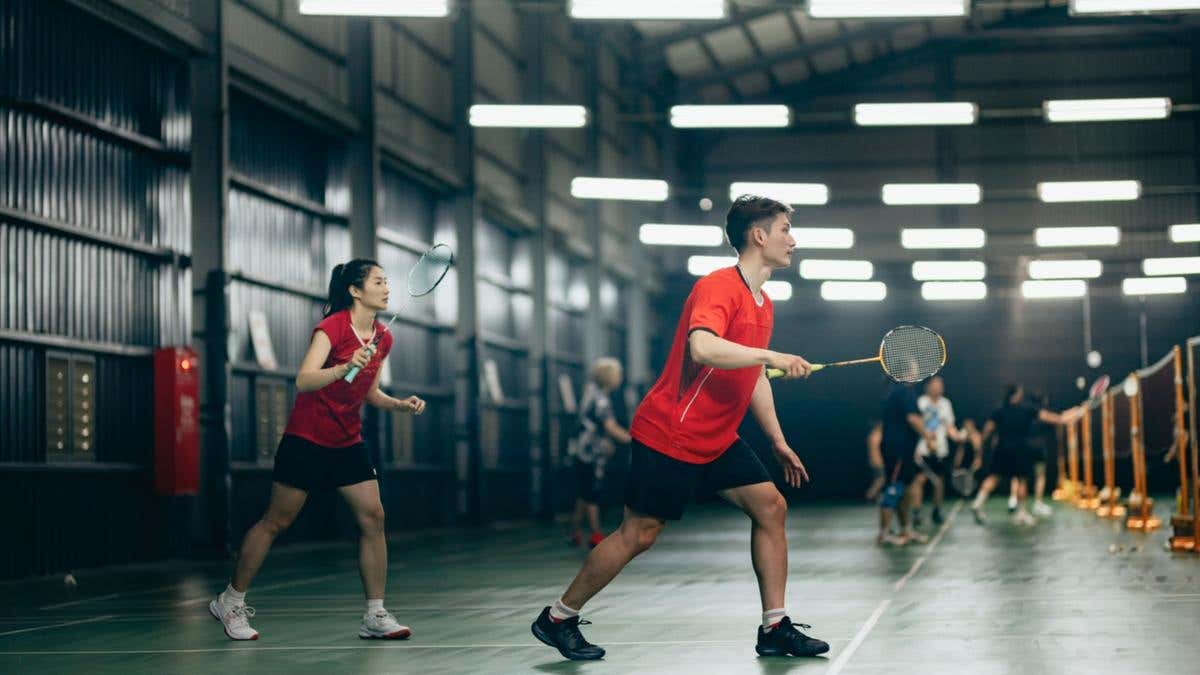New wearable sensor promises greater performance for athletes
Researchers have developed a low-cost, flexible, and customizable sensor that overcomes current monitoring constraints.

Modern coaches and trainers utilize intelligent data monitoring through videos and wearable sensors to enhance athletic conditioning. (CREDIT: Creative Commons)
Athletes today are always seeking new methods and equipment to improve their training. Modern coaches and trainers utilize intelligent data monitoring through videos and wearable sensors to enhance athletic conditioning. However, traditional video analysis and wearable sensors often fall short in providing a comprehensive picture of an athlete's performance.
Researchers from Lyuliang University, published in APL Materials by AIP Publishing, have developed a low-cost, flexible, and customizable sensor for badminton players that overcomes these current monitoring constraints.
Badminton is a sport characterized by its technical movements, requiring dynamic speed and precision. Monitoring the postures, footwork, arm swings, and muscle strength of players is often limited by video angles and the discomfort of rigid wearable sensors.
“We integrated our expertise in flexible sensor technology and intelligent perception systems into badminton motion monitoring for a quantitative analysis of badminton techniques, to provide more professional guidance for badminton players,” says Yun Yang, one of the authors.
The team chose triboelectric sensors for their intelligent monitoring system due to their adaptability for flexible, wearable devices. A triboelectric sensor works by transferring charge from one material to another when they come into contact and slide past each other, eliminating the need for an external power supply.
Related Stories
To reduce interference during bending and twisting, the team designed a 3D-printed flexible arch-shaped sensor encased in a thermoplastic elastomer. This design ensures comfort and can be easily customized for individual athletes.
The sensor’s sport-friendly construction is responsive to common body motions in sports and is suitable for various active body parts, including wrists, elbows, shoulders, fingers, and knee joints, as well as bending points at the waist and neck.
The intelligent badminton sports system comprises three 3D-printed sensors, a multichannel acquisition card, and neural network algorithms. This setup provides online monitoring and real-time feedback to the athlete. It recognizes seven typical movements in badminton, such as forehand serve, backhand serve, forehand hook, and backhand hook, with a recognition accuracy rate of 97.2%.
“Our research provides new ideas for solving the problems of large joint bends or twists faced by current 3D-printed triboelectric sensors,” says Yang. “It offers a new solution for monitoring and analyzing triboelectric sensors in badminton and can be extended to other smart sports fields. This has great potential for intelligent sports monitoring and analysis in the era of big data.”
The team plans to continue their work on triboelectric sensors to develop new solutions for human health monitoring and pathological diagnosis.
Note: Materials provided above by The Brighter Side of News. Content may be edited for style and length.
Like these kind of feel good stories? Get The Brighter Side of News' newsletter.
Joshua Shavit
Science & Technology Writer | AI and Robotics Reporter
Joshua Shavit is a Los Angeles-based science and technology writer with a passion for exploring the breakthroughs shaping the future. As a contributor to The Brighter Side of News, he focuses on positive and transformative advancements in AI, technology, physics, engineering, robotics and space science. Joshua is currently working towards a Bachelor of Science in Business Administration at the University of California, Berkeley. He combines his academic background with a talent for storytelling, making complex scientific discoveries engaging and accessible. His work highlights the innovators behind the ideas, bringing readers closer to the people driving progress.



